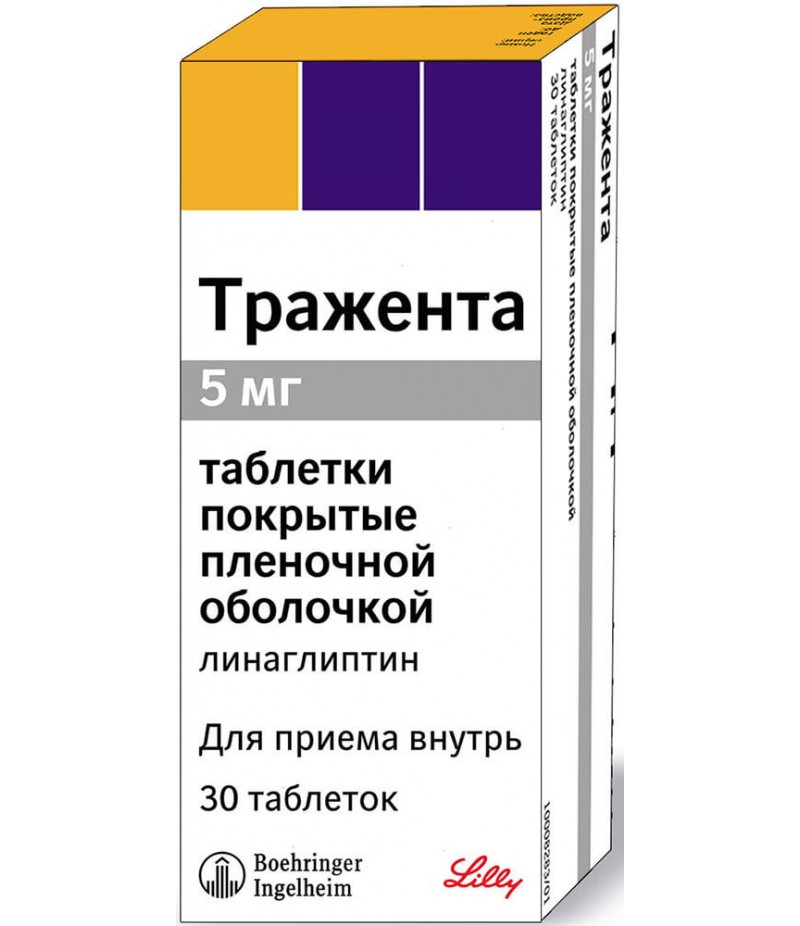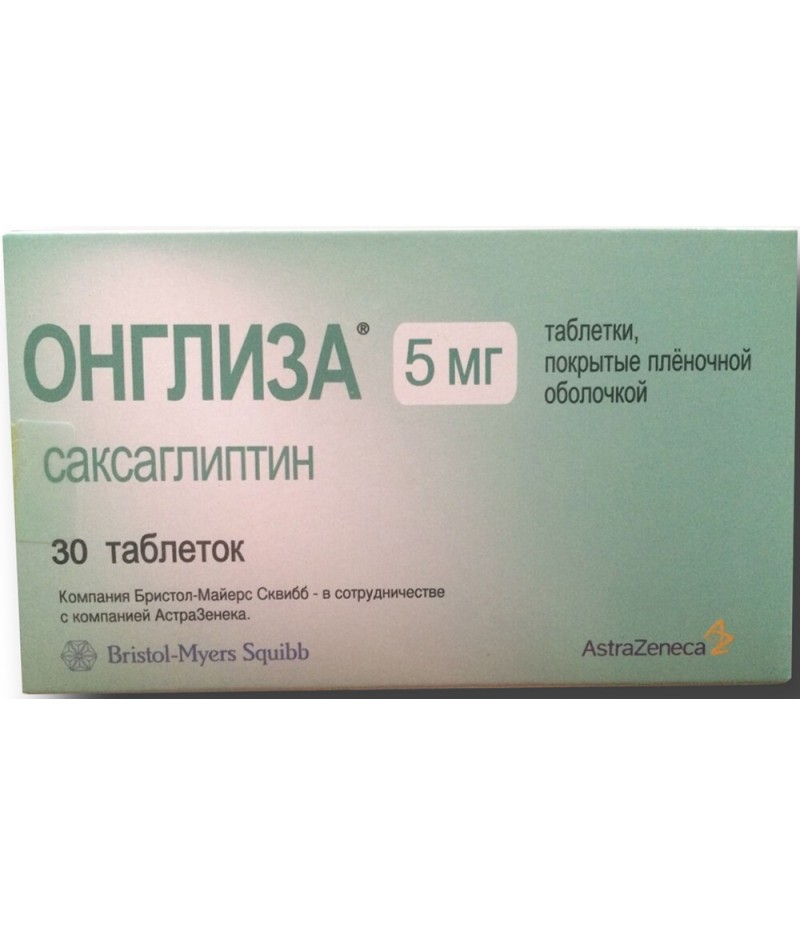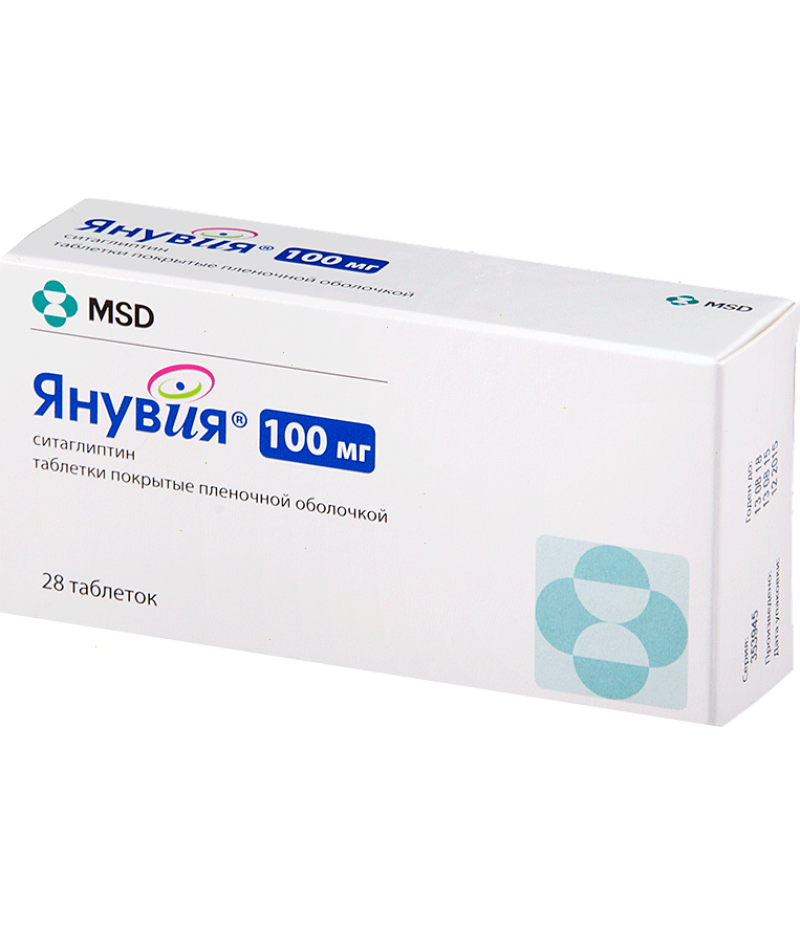Trajenta tabs 5mg #30
- $64.63
- 2 or more $62.99
- 3 or more $61.50
- Availability:In Stock
Trajenta instructionReed more and buy Trajenta on this pageCompositionIn 1 tablet of lignagliptin 5 mg.Mannitol, corn starch, magnesium stearate, copovidone, - as auxiliary substances.Form of issueTablets in a film sheath 5 mg 30 ..
Trajenta instruction
Reed more and buy Trajenta on this page
Composition
In 1 tablet of lignagliptin 5 mg.
Mannitol, corn starch, magnesium stearate, copovidone, - as auxiliary substances.
Form of issue
Tablets in a film sheath 5 mg 30 pcs.
pharmachologic effect
Hypoklikemicheskoe.
Pharmacodynamics and pharmacokinetics
Pharmacodynamics
Sugar-reducing drug intended for oral administration. Is an inhibitor of the enzyme DPP-4, inactivating the hormone incretin GLP-1 and HIP, which are involved in the regulation of carbohydrate metabolism: increase insulin secretion, reduce glycemia, suppress glucagon production. The action of these hormones is short, since they are cleaved by an enzyme. Linagliptin reversibly binds to DPP-4, which leads to long-term retention of the incretin activity and an increase in their levels. Its use in diabetes mellitus type II leads to a decrease in glycosylated hemoglobin, fasting blood glucose and after an alimentary load after 2 hours.
When it is taken with Metformin, there is an improvement in glycemic parameters, while the body weight does not change. The combination with sulfonylurea derivatives leads to a significant decrease in the level of glycosylated hemoglobin.
Treatment with linagliptin does not increase cardiovascular risk (myocardial infarction, cardiovascular death).
Pharmacokinetics
When ingestion is rapidly absorbed and Cmax is determined after 1.5 hours. The concentration decreases biphasic. Eating does not affect the pharmacokinetics. Bioavailability is 30%. Metabolized only a small part of the drug. About 5% is excreted in the urine, the rest (about 85%) - through the intestine. At any degree of renal failure, there is no need to change the dosage. Also, there is no need to change the dose for liver failure of any degree. Studies of pharmacokinetics in children have not been studied.
Indications for use of Trajenta
Diabetes mellitus type II:
as monotherapy for metformin intolerance or in the presence of contraindications to its use (renal failure);
as a two-component treatment with derivatives of sulfonylurea, Metformin or Thiazolidinedione, monotherapy with these drugs is not effective;
as a three-component therapy with Metformin and derivatives of sulfonylurea;
as a two-component therapy with Insulin;
as multicomponent therapy with Insulin + Pioglitazone or Metformin or sulfonylurea derivatives.
Contraindications
Ketoacidosis;
type I diabetes mellitus;
age to 18 years;
pregnancy;
lactation;
hypersensitivity.
Side effects
In case the drug is used in the form of monotherapy, it rarely causes:
hypoglycemia;
dizziness;
pancreatitis;
cough;
nasopharyngitis.
In the case of combination therapy, hypoglycemia is often observed. Rarely - constipation, pancreatitis, cough. Very rarely - angioedema, nasopharyngitis, urticaria, weight gain, hypertriglyceridemia, hyperlipidemia.
Trajenta, instructions for use (Method and dosage)
It is administered orally 5 mg once a day. The drug can be taken at any time of the day.
As it was said earlier, dose adjustment is not performed if there is a violation of the liver, kidneys and elderly people.
It is forbidden to take a double dose in case of missing one dose.
Overdose
Cases of overdose are not described. Even taking the drug at a dose of 600 mg during clinical trials was well tolerated and did not cause side effects.
In the event of a possible overdose, it is necessary to take the usual measures: removing the unabsorbed preparation (washing the stomach, intestines, taking up sorbents), prescribing symptomatic therapy.
Interaction
The simultaneous use of Metformin, even in a dose higher than the therapeutic dose, did not lead to significant changes in the pharmacokinetics of both drugs.
Joint use with Pioglitazone does not significantly affect the pharmacokinetic performance of both drugs.
The pharmacokinetics of this drug does not change with Glibenclamide, but there was a clinically insignificant decrease in Cmax of glibenclamide by 14%. Also, clinically significant interactions with other sulfonylureas are not expected.
The simultaneous administration of ritonavir increases the Cmax of linagliptin by a factor of 3, which is not significant and does not require a dose change.
Joint use of Rifampicin leads to a decrease in Cmax of linagliptin, so its clinical efficacy persists, but does not manifest itself fully.
Simultaneous use of Digoxin does not affect its pharmacokinetics.
Linagliptin does not change the pharmacokinetics of Warfarin.
This drug has little effect on the pharmacokinetics of simvastatin, but there is no need to change the dose.
Linagliptin does not change the pharmacokinetics of oral contraceptives.
Storage conditions
Storage temperature up to 25 ° C.
Shelf life - 3 years.
Reviews of Trajenta
DPP-4 inhibitors, which include Trajenta's drug, have not only a pronounced hypoglycemic effect, but also a high level of safety, since they do not cause hypoglycemic conditions and increase in weight. At present, this group of drugs is considered the most promising in the treatment of type 2 diabetes.
High efficiency in various treatment regimens is confirmed by many international studies. It is preferable to prescribe them at the beginning of treatment of type 2 diabetes or in combination with other drugs. They are often prescribed in place of sulfonylurea derivatives in patients prone to hypoglycemic conditions.
There are reviews that the drug in the form of monotherapy was prescribed with insulin resistance and increased weight. After a 3-month course, a significant reduction in weight was noted. The majority of reviews from patients who received this drug as part of complex therapy. In this connection, it is difficult to evaluate the effectiveness and safety of hypoglycemic therapy, since other drugs may be influenced. Everyone notes the positive effect on weight - there is a decrease in it, which is very important in diabetes mellitus.
The drug was prescribed to patients of different ages, including the elderly, and in the presence of liver pathology, kidneys and diseases of the cardiovascular system. The most frequent undesirable effect of the drug is nasopharyngitis. Consumers note the high price of the drug, which limits its intake, especially by retirees.




